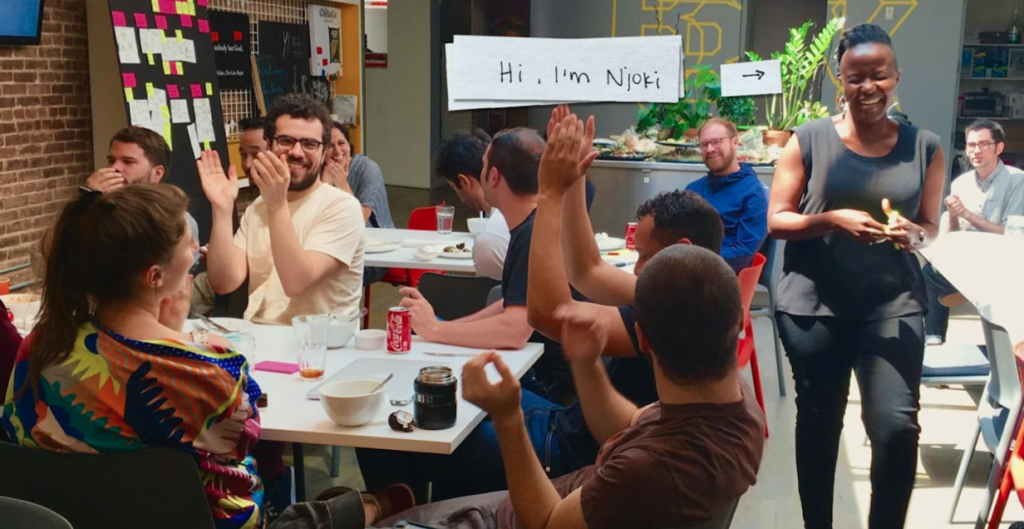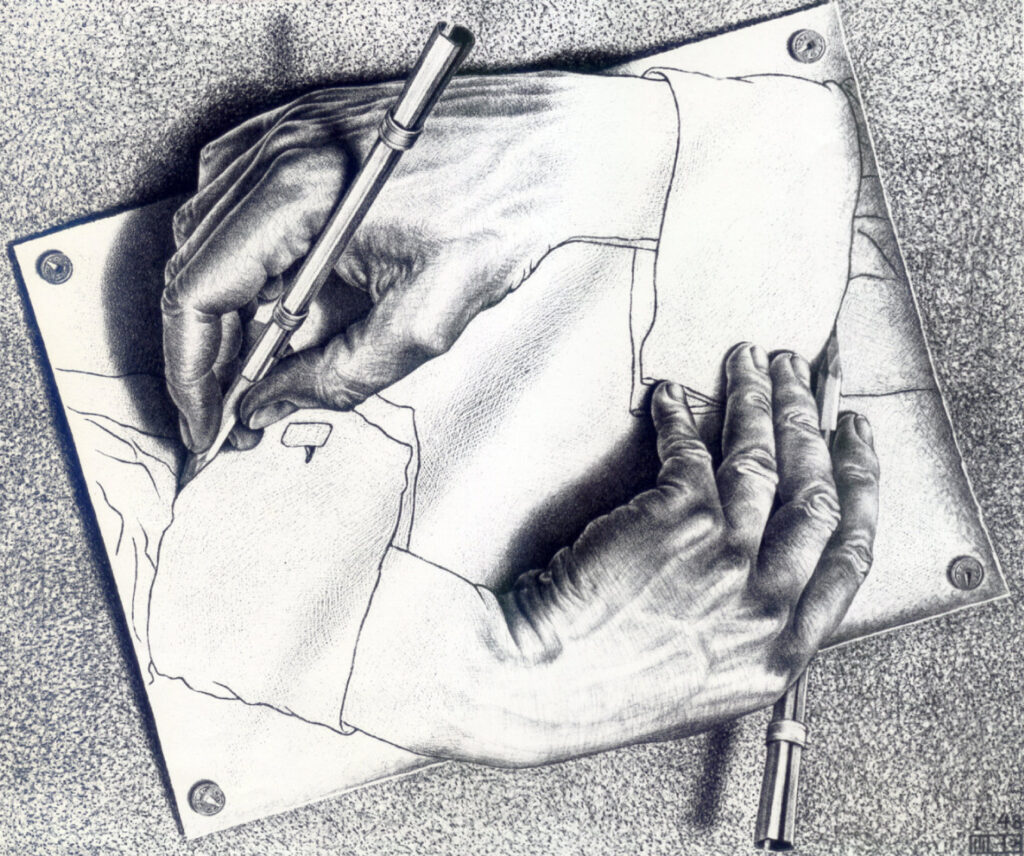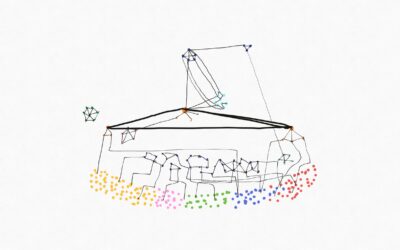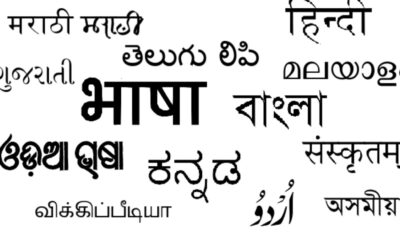“Just as you grow into the world, the world grows into you. Not only do you occupy a certain place, but that place in turn occupies you … It’s culture shapes the way we see the world, its language which informs the way you think, its custom structures you as social being”
Costica Bradatan
Ever wondered what design is and how it impacts our life? Lmgtfy (Let me google that for you)
- a plan or drawing produced to show the look and function or workings of a building, garment, or other object before it is made
- a decorative pattern
Many of us associate design with the second definition of it. But I have a different view over that. I rather follow Steve Jobs notion “Design is not just about what it looks like or feels like. Design is how it works”. So taking an example of airplane design; we think that’s how it looks, but the fact is that it is been designed that way in order to make it fly. The whole philosophy of aviation works in that particular way. Obviously you can add aesthetic on design but you can’t change the fundamental design in order to make it look beautiful. So everything has a design element to it. Right from an airplane to language; everything has been designed in order to make it work.
“As our industrial society matured, so design became a profession and it focused on ever smaller canvas until it came to stand for aesthetics, image and fashion”
Tim Brown, CEO and President of IDEO, A leading Design Compan in the United States
He adds by telling how design got small as it became a tool for consumerism and how we need to shift from design of object to design as an impact. We need to bring intent back to design. We need to bring back design thinking back to design (definition: design-specific cognitive activities that designers apply during the process of designing).

Just look around, everything that we see has been designed by someone. But have we ever thought how this design is affecting us? That impacts that goes beyond the scope of the designed and many a times results in changing our behavior. These everyday designs that we interact with, apart from giving an aesthetic experience also creates a deeper impact on us over time. Consider language and how it has impacted us. We as humans have designed language and now that language is a part of us. Not just as a means to communicate but also to think; truly we cannot imagine thinking without a language now. Similarly culture, it’s our creation and we all can understand how it impacts us. Culture and language have shaped, molded or designed us to what we are today. Isn’t it?
There is a line which struck me lately from Annie Marie Wills that “we are been actively designed by what we have designed”. How I understand is that our thoughts shape our spaces and tools. These spaces and tools return the favor by shaping/designing us back. As we are getting into an active engagement with our environment containing such spaces and tools. There is a kind of a feedback loop. Again talking about language we learn language then that language learns us back by helping us read and thus mold and shape our personality. Or computers, since the time we have designed it, has added so much to our convenience that there is also a behavioral shift in the way we work and live.
We are actively engaging with computer as a tool. And it in return has impacted our lives in so many ways. The world will halt if computers disappear. It is what I guess artist M.C. Escher indicated by his famous lithograph, hand drawing its own hand. The hand is drawing its own hand, or to say the creation is creating its own creation.

Many times things we design with positive intention can also have negative consequence as well. Escalator, for example has a great design which adds to our convenience but does not add anything to our health and in-fact adversely makes us lazy at times.
We have added so much of convenience in our design that we have forgotten to add well-being. Isn’t it? In design, intent is very important. Considering the previous example of escalator, they resulted in convenience and that was the intent of designer while designing it. Now this is not meant for blaming anyone for our health issues but rather understanding how design is affecting our life and we need to be conscious about thinking the long term impact of any object while designing it. It is by time that we are now able to understand how design affects us.
We should also think how we can make design more conscious for the well-being of our mind and body? It might be challenging to stop making more escalators or abandoning the existing ones, but how about changing the design of staircase such that it motivates people to choose them over escalator? This isn’t just for people in design field to think but we as part of this society should also be conscious to what kind of design we engage with.
How is it affecting us in our daily life? How it has changed our behavior? Is it just adding to our convenience but at what cost; At the cost of our well-being? What we design today will decide what we will be in future. Then why not we choose it consciously? While we are always busy in aesthetic (the image) of our life. We are busy in making it look beautiful, while we need to understand that design is not about how something looks but about how something works.
About The Author: Abhimanyu Arora, 2014 Cohort India Fellow has a keen interest in design. Post his fellowship, he went on to work with corporate giants like Cisco, at all times keeping an eye open to how our design is designing us back …




One of my favorite examples of power of design (and alternative ways/approaches to design) is the comparison between the roundabout and traffic lights – one gets us across an intersection without accident by working with us, while the other demands our compliance to succeed. No prizes for guessing which has proved more successful. To put your message in the context of your favorite subject – education – I suppose a broad example would be how a system designed around rote memory produces people who both only know a bunch of facts and only seem to value factual knowledge above everything else. The solution would be a different design. So is our Mr. Arora up to the challenge of designing that? 😉
I have written a blog sometime back about the need to redesign education system. But not sure if I am ready for that challenge. Need to really work on my own understanding of the current system and various design techniques. Anyways I like your example of traffic light and roundabout. 🙂
Also, I love your use of that Escher piece! I love Escher! 😀
Illustrations 🙂 …